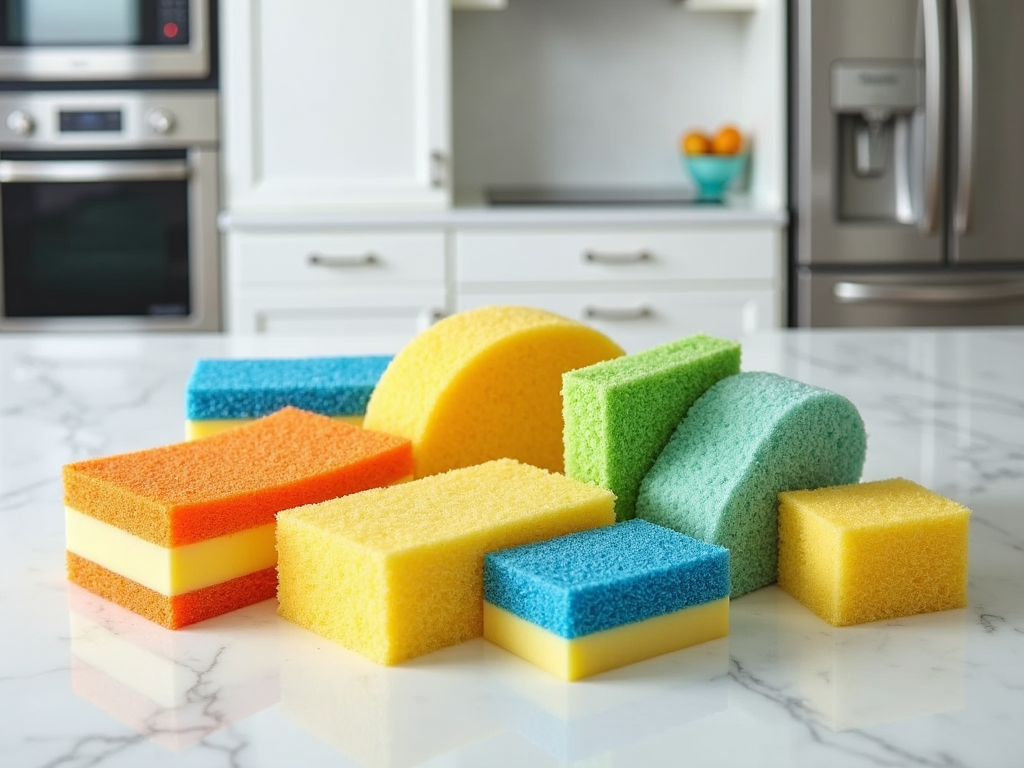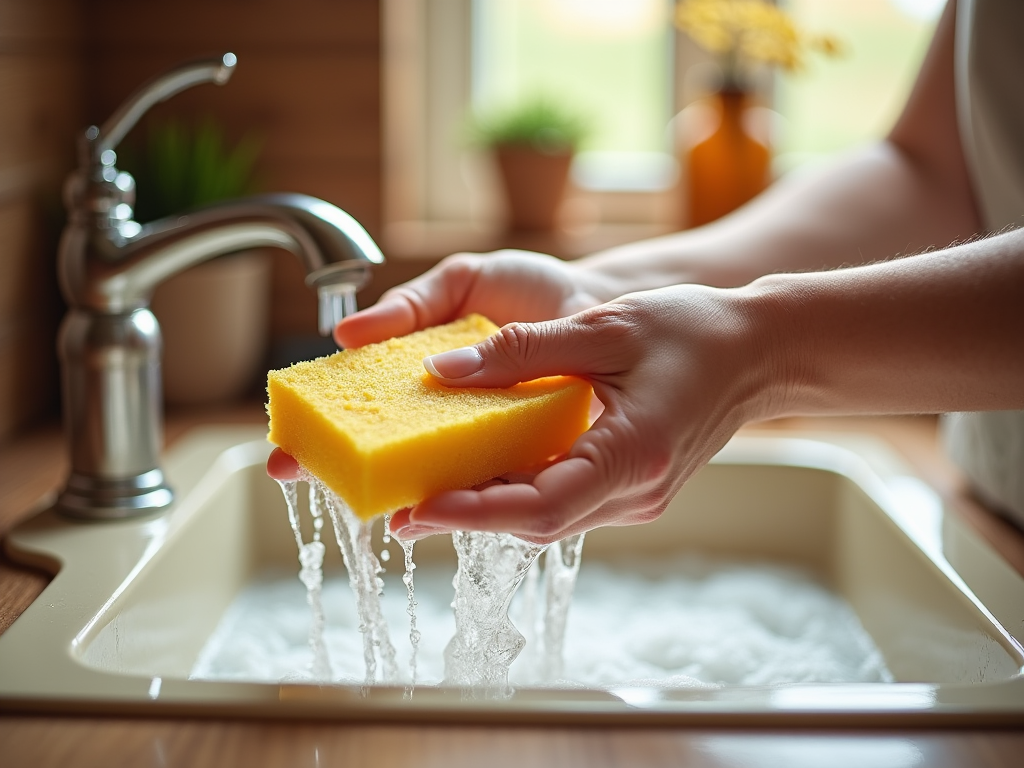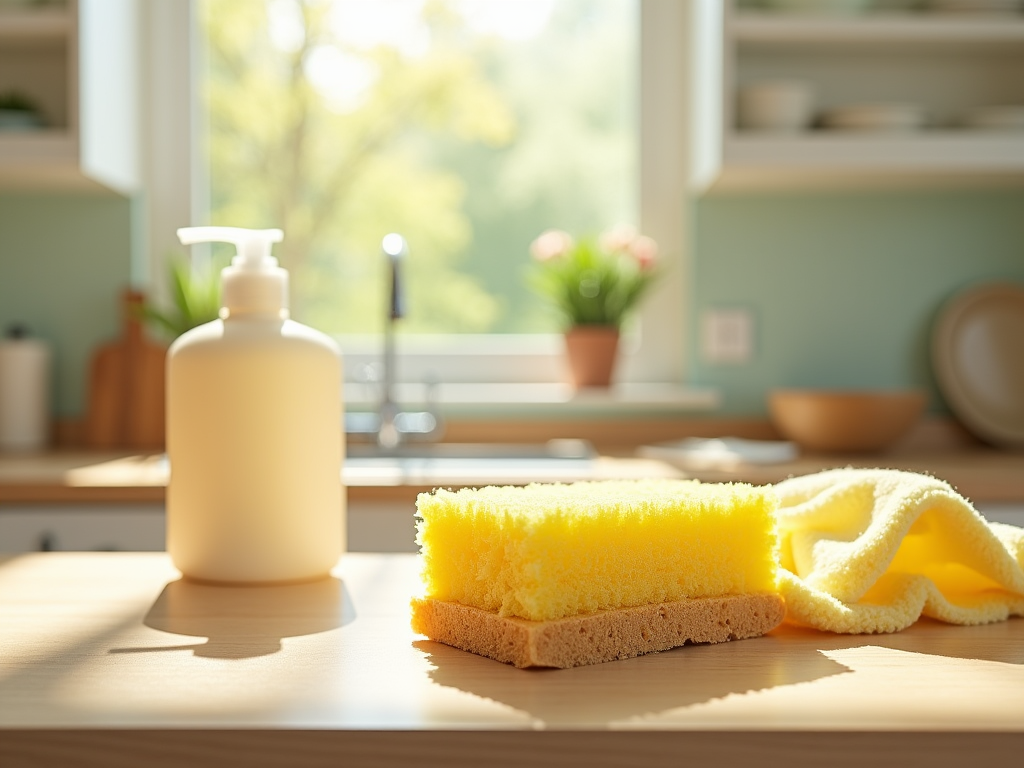For many, the kitchen sponge is a ubiquitous tool—quietly assisting in our daily dishwashing and cleaning tasks. Yet, few of us consider the implications of using an old, worn-out sponge. It may seem innocuous, but the sponge can harbor millions of bacteria if not replaced regularly. Understanding its lifespan is essential, not just for maintaining hygiene, but for ensuring the health and safety of your family. So, when is it time to bid farewell to this seemingly indispensable kitchen companion? This article offers insightful tips on when to replace your sponge, how to care for it, and why these practices matter.
This simple tool has a significant role in kitchen cleanliness, absorbing grease and scrubbing away grime. However, improper care and overuse can lead to unsanitary conditions. Now, let’s delve into the lifespan of a kitchen sponge and uncover when yours may need an upgrade. You might be surprised by how often they should really be replaced. From the telltale signs of wear to recommended schedules, we’ll explore everything you need to keep your kitchen clean and safe.
The Lifespan of a Kitchen Sponge

Kitchens can be a breeding ground for bacteria if sponges are not maintained properly. The lifespan of a kitchen sponge varies significantly based on its usage and care. Typically, these sponges can last several weeks; however, their effectiveness diminishes over time. When it comes to cleanliness, various factors play a crucial role in determining how long your sponge will serve you well. Not just how often it’s used, but also what surfaces it cleans. Let’s take a closer look at some key factors that affect the durability of your sponge.
- Frequency of Use: A sponge used daily will wear out much quicker than one that’s used infrequently.
- Types of Surfaces Being Cleaned: Using sponges on tough surfaces may lead to quicker degradation.
- Drying Technique: Failing to dry your sponge properly can lead to mold and bacteria growth.
Signs It’s Time for a Replacement

After understanding the lifespan, it’s critical to identify when your sponge has outlived its usefulness. A few telltale signs can help you determine if it’s time for a new sponge. Ignoring these indicators can not only affect your cleaning efficiency but also jeopardize your kitchen’s hygiene. Here are several signs you should carefully watch for:
- Foul Odors: An unpleasant smell indicates bacteria buildup, signaling it’s time for a change.
- Discoloration: Any noticeable changes in color are often signs of wear and tear.
- Visible Wear: If your sponge has frayed edges or holes, it’s no longer effective.
Recommended Replacement Schedule
Based on the signs, it is also helpful to establish a standard replacement schedule. Following a consistent timeline can simplify decision-making about when to dispose of your sponge. For highly utilized sponges, a proactive approach is essential to maintain hygiene levels. According to experts, here’s a general guide on how often you should replace your sponge:
| Usage Frequency | Recommended Replacement |
|---|---|
| Daily Use | Every 2-4 weeks |
| Occasional Use | Every 1-2 months |
| Used for Raw Meat | Immediately after use |
Proper Sponge Care to Extend Lifespan
Proper care and maintenance can significantly extend the lifespan of your sponge. While it’s vital to replace them when necessary, you can reduce waste by extending their usable life through effective cleaning practices. The following tips can help you keep your sponge in good condition for as long as possible, ensuring that it’s doing its job effectively without becoming a health hazard.
- Rinse Thoroughly: Always rinse your sponge immediately after use to remove food particles.
- Dry Properly: Squeeze out excess water to prevent mold growth.
- Disinfect Occasionally: Microwaving damp sponges for 1-2 minutes can help eliminate bacteria, but ensure the sponge is microwave safe.
Conclusion
The question of how often to replace your sponge is one that should be taken seriously. It’s an integral part of kitchen cleanliness and the overall health of your home. By following the guidelines set forth, along with paying attention to the signs that your sponge needs to be replaced, you can enjoy a clean and safe kitchen environment. Don’t underestimate the critical role that a replacement sponge plays in protecting you and your family from harmful bacteria and odors that can linger in an old sponge.
Frequently Asked Questions
- How do I know if my sponge is still good to use? If your sponge emits foul odors, displays visible fraying, or has discolored spots, it’s time for a replacement.
- Can I disinfect my sponge, or should I just replace it? While you can disinfect your sponge, it’s still recommended to replace it regularly to maintain optimal hygiene.
- Is it okay to use the same sponge for dishes and cleaning surfaces? It’s best to use separate sponges for dishes and surfaces to prevent cross-contamination.
- What is the best way to clean my sponge? Microwaving damp sponges on high for 1-2 minutes or running them through the dishwasher are both effective methods to clean and disinfect.
- How long can I use a sponge before tossing it? Generally, you should replace your sponge every 2-4 weeks, depending on usage and care.
